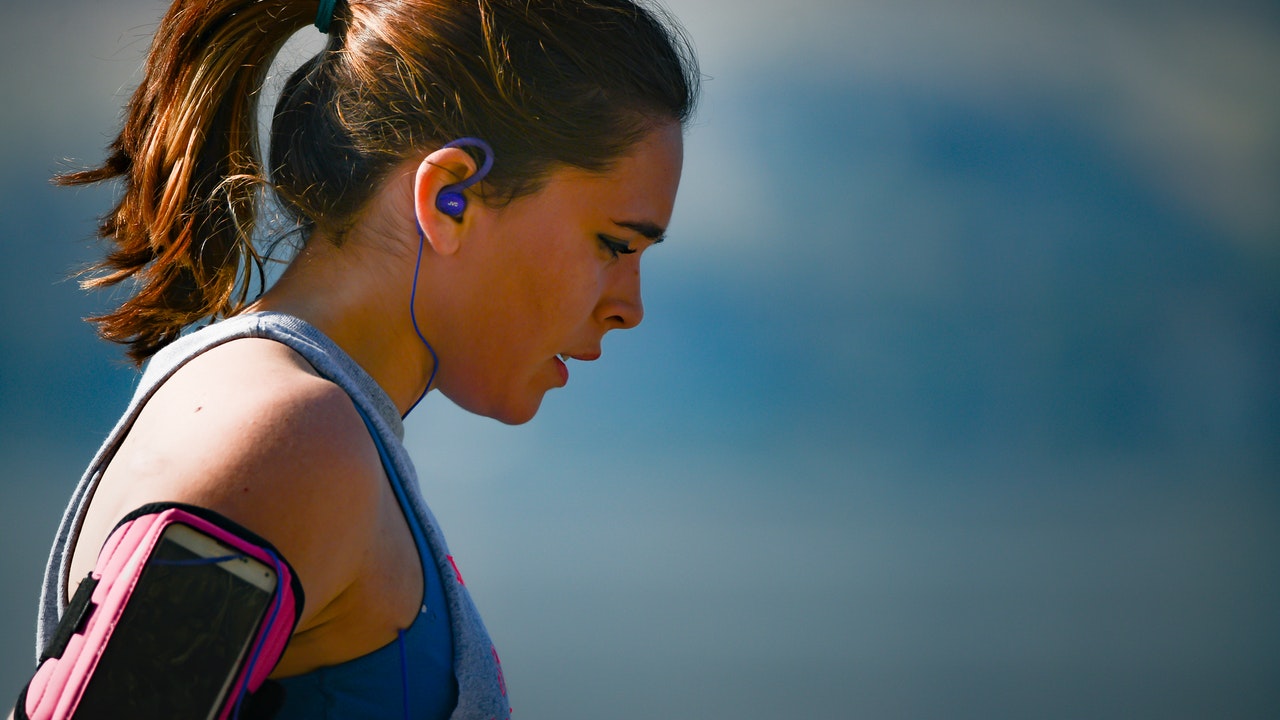Ashford Clinic Blog
Better Breathing for Cooling Down
 Many people are finding themselves with more time on their hands, and in-home fitness is becoming a big part of how people are using that time. While it is wonderful that more people are turning to exercise, it's important to keep yourself from overdoing it or injuring yourself. Specifically, cooling down after a workout is an important part of preventing injury and improving your performance from day to day.
Many people are finding themselves with more time on their hands, and in-home fitness is becoming a big part of how people are using that time. While it is wonderful that more people are turning to exercise, it's important to keep yourself from overdoing it or injuring yourself. Specifically, cooling down after a workout is an important part of preventing injury and improving your performance from day to day.
How you breathe is actually a bit part of that recovery period after exercise. Here’s how to slow down and breathe your way through a beneficial cooldown that helps your overall fitness and can improve your next performance!
It is just as important to cool down after a workout as it is to warm up before. After physical activity, your heart is still beating faster than normal, your body temperature is higher and your blood vessels are dilated. This means if you stop too fast, you could pass out or feel sick. Taking time to cool down after your workout helps you gradually return to pre-exercise resting heart rate and blood pressure. Here’s how to slow down and breathe your way through a beneficial cooldown that helps your overall fitness and can improve your next performance.
If your respiration rate is elevated, make sure you inhale through your nose. Hold between breaths for an extra couple of beats, then exhale slowly and completely. Extend the full breath and exhalation steps so they last longer than the inhalation. This lets your lungs exchange more carbon dioxide for oxygen, and has a calming effect on the vagus nerve. Be careful not to hold your breath excessively – immediately after heavy exercise this could make you dizzy and light-headed; you could pass out!
It’s vital to stretch when you’re cooling down while limbs, muscles, and joints are still warm. Stretching can help reduce the buildup of lactic acid, which can lead to muscle cramping and stiffness, and sore muscles the next day. Inhale as you stretch, and exhale as you release the tension in each limb and muscle group.


